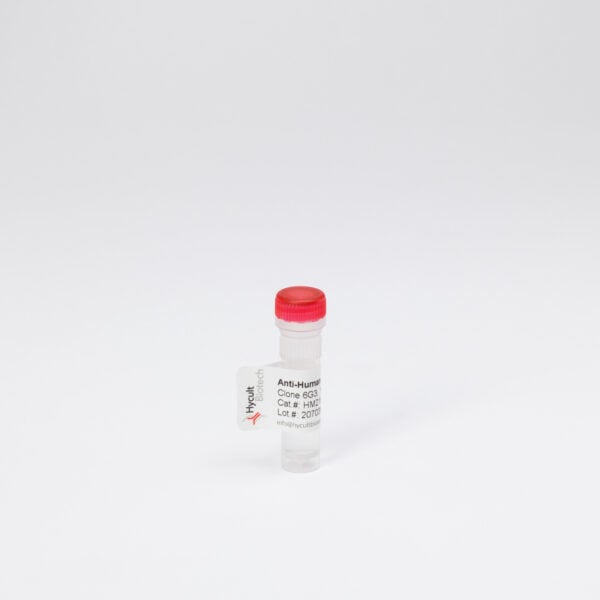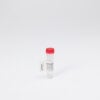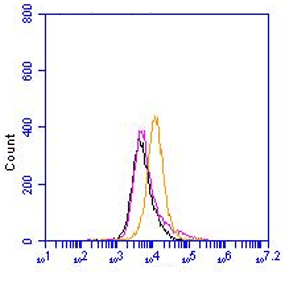TLR4, Human, mAb 4D9
€133.00 – €368.00
The monoclonal antibody 4D9 reacts with the Toll-like receptor 4 (TLR4, CD284). TLRs are expressed by various cells of the immune system, such as macrophages and dendritic cells. TLRs are class I receptors, with a single α-helix that spans the cell membrane. They recognize and respond to molecules derived from bacterial, viral and fungal pathogens, such as lipopolysaccharide (LPS) from the outer membrane of Gram negative bacteria, peptidoglycan fragments from bacterial cell walls and single-stranded and double-stranded RNA from viruses.Toll-like receptor 4 has been identified, next to MD-2 and CD14, as a receptor that is central to the innate immune response to LPS of Gram-negative bacteria. The extracellular TLR4 domain alone cannot bind to LPS, only the TLR4-MD-2 complex is capable of binding LPS. TLR4 is unique among TLRs in its ability to activate two distinct signaling pathways; one pathway is activated by the adaptors TIRAP (Toll/interleukin-1- receptor (TIR)-domain-containing adaptor protein) and MyD88, which leads to the induction of pro inflammatory cytokines. The second pathway is activated by the adaptors TRIF (TIR-domaincontaining adaptor protein inducing interferon β) and TRAM (TRIFrelated adaptor molecule), which leads to the induction of type I interferons. The monoclonal antibody 4D9 reacts with the extracellular part of the receptor. A few studies report the existing of soluble TLR4. This antibody should be able to recognize this protein.












